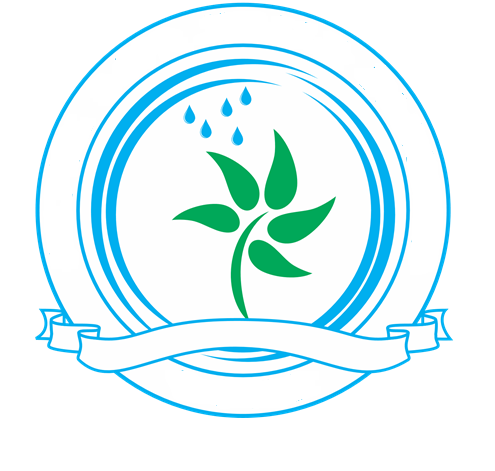Various Activities:
Education support activities
Tourism consulting activities
Transportation consulting activities
Public relations activities
Other management consulting activities
Organizing meetings, incentive trips, Conferences and exhibitions
Event organizer
Activities of international agencies and other extra-international bodies




